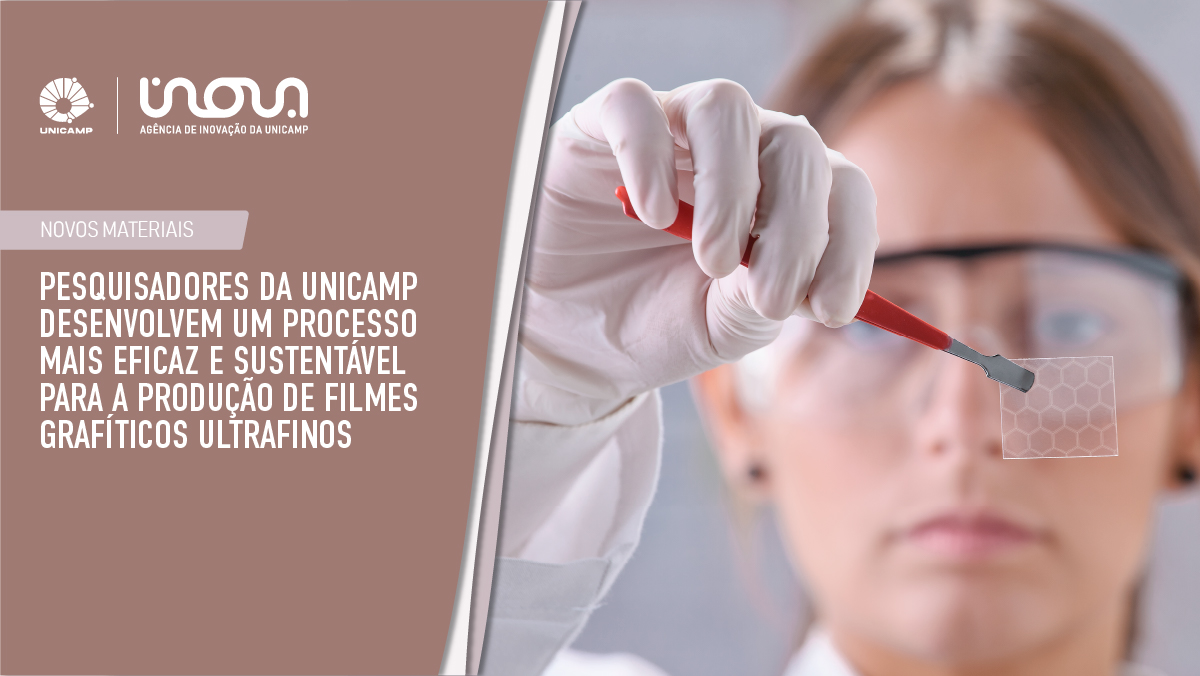NOVELTY – The method involves immersing substrates in hydrogen sulfate solution in a volume ratio of about 7: 3. The hydrogen sulfate solution is heated to about 809 degree Celsius for 1 hour. The substrates are washed with deionized water. A block polymer is prepared by immersion of hydrophilized substrates in aqueous solution of chloride of 0.5 mg/ml poly-xylyl vinylidene tetrahydrothiophene.The substrates are immersed in the aqueous solution of polycation of 1 mg/ml. The poly-xylyl vinylidene tetrahydrothiophene is converted into PPV by heating films to 110 degree Celsius during 1 hour in inert atmosphere. USE – Method for producing multilayered thin films for deposition on photoelectrochemical organic solar cells. ADVANTAGE – The method enables providing clean energy in a reliable manner, and improving utilization of renewable energy sources for prolonged time without affecting an environment. The method enables absorbing solar light in an efficient manner and reducing production cost of solar cells in an effective manner. DETAILED DESCRIPTION – INDEPENDENT CLAIMS are also included for the following: (1) a multilayer thin film (2) a solar cell. DESCRIPTION OF DRAWING(S) – The drawing shows a graphical view illustrating a method for producing multilayered thin films. ‘(Drawing includes non-English language text)’
A85 (Electrical applications.); L03 (Electro-(in)organic – chemical features of conductors, resistors, magnets, capacitors and switches, electric discharge lamps, semiconductor and other materials, batteries, accumulators and thermoelectric devices, including fuel cells, magnetic recording media, radiation emission devices, liquid crystals and basic electric elements. Growing of single crystals of semiconductors and their doping are included, but semiconductor devices, where the manufacture is not claimed are excluded. Electrography, electrophotography, magnetography, electrolysis, electrophoresis, power plant, X-ray and plasma-techniques, ion exchange resins, polyelectrolytes, electroplating, metal electrodeposition, electroforming, anodising, electrolytic cleaning, cathodic protection and electrolytic or electrothermic production or refining of metals are all covered elsewhere (Sections G, J, K and M).); P42 (Spraying, atomising (B05).); X15 (Non-Fossil Fuel Power Generating Systems)

